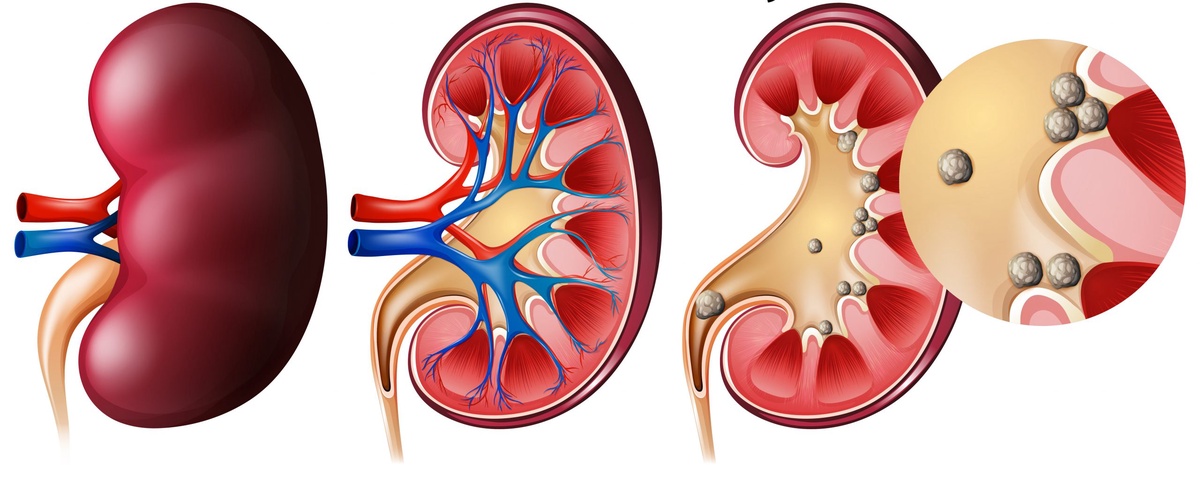When it comes to the treatment of gallstones and kidney stones, several options are available depending on the size, location, and severity of symptoms. Let's explore the effective treatment solutions for both conditions.
Gallstones:
Observation: If gallstones are small and do not cause any symptoms, a "watchful waiting" approach may be adopted. This means monitoring the condition without immediate intervention.
Medications: In certain cases, medications may be prescribed to dissolve gallstones or reduce symptoms. Ursodeoxycholic acid is a commonly used medication that can help dissolve cholesterol gallstones over time.
Cholecystectomy: Surgical removal of the gallbladder, known as cholecystectomy, is the most common treatment for gallstones causing symptoms or complications. It can be performed through traditional open surgery or minimally invasive laparoscopic surgery.
Endoscopic Procedures: In some instances, endoscopic procedures may be used to remove gallstones or relieve a blockage. Endoscopic retrograde cholangiopancreatography (ERCP) involves the use of a flexible tube to locate and remove stones from the bile ducts.
Kidney Stones:
Observation and Pain Management: Small kidney stones that are not causing severe pain or complications may be managed through observation and pain medication. Increased fluid intake and over-the-counter pain relievers can help pass small stones naturally.
Extracorporeal Shock Wave Lithotripsy (ESWL): This non-invasive procedure uses shock waves to break kidney stones into smaller fragments, making them easier to pass through the urinary tract. It is typically used for stones that are less than 2 centimeters in size.
Ureteroscopy: In this procedure, a thin tube with a camera is inserted through the urinary tract to locate and remove or break up the kidney stones. It is particularly effective for stones located in the ureter or kidney.
Percutaneous Nephrolithotomy (PCNL): PCNL is a minimally invasive surgical procedure used for large or complex kidney stones. It involves creating a small incision in the back to access the kidney and remove the stones.
Other Techniques: In certain cases, other techniques such as laser lithotripsy (using laser energy to break up stones), percutaneous nephrolithotripsy (removing stones through a small incision), or intracorporeal lithotripsy (using specialized instruments to break stones) may be employed.
Preventive Measures:
For both gallstones and kidney stones, preventive measures can help reduce the risk of recurrence:
1. Stay hydrated by drinking an adequate amount of fluids, especially water.
2. Follow a balanced diet low in sodium, oxalate, and animal protein.
3. Maintain a healthy weight and engage in regular physical activity.
4. Limit alcohol consumption.
5. Follow medical advice for underlying conditions that may contribute to stone formation.
It's crucial to consult with a healthcare professional to determine the most suitable treatment approach based on individual circumstances. Treatment plans should be tailored to address specific needs and optimize outcomes.


No comments yet